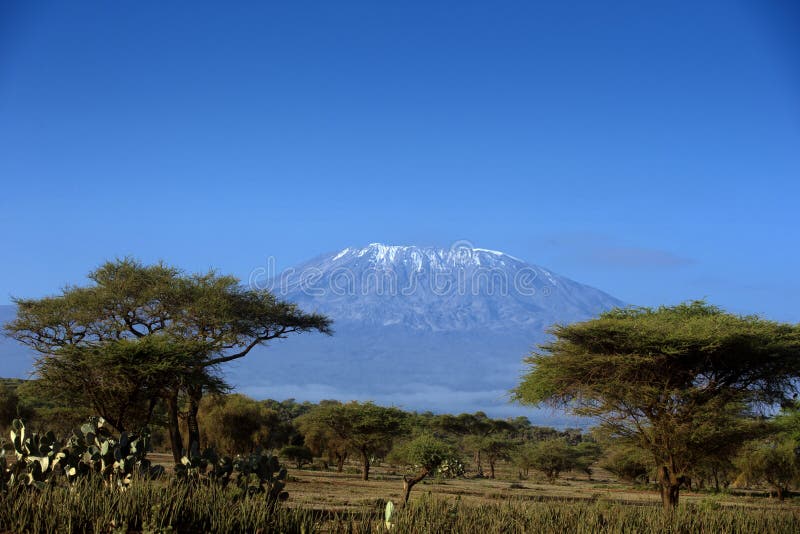


Findings indicate that threats to their landscape also constitute threats to their self-understanding and their subjective notions of well-being, which are bound up in the meaning of their place. The Rolwaling Sherpa community’s enduring attachment to their valley and their desire for cultural continuity amidst social, economic, and environmental changes have influenced their interpretations of risk and shaped their responses in complex ways. Ethnographic techniques were used, including interviews with community members from the case study in a sacred valley of Nepal that lies downstream from a large and potentially dangerous glacial lake, Tsho Rolpa. This paper examines risk through the lens of those who are directly impacted by such processes. Further, environmental changes become intermeshed with other types of broad-scale changes that have local scale implications in the lived experience of rural mountain communities. Despite considerable research assessing glacial lake hazards, there have been relatively few attempts to explore the socio-cultural and psychological dimensions of this type of risk. Mountain peoples are increasingly impacted by environmental changes, including the rapid retreat of glaciers and the growth of dangerous glacial lakes that can breach their natural dams and flood downstream communities.

Geologists found common elements in the study of the ice sheets and other discoveries that were made This fi rst lesson, then, was of the dynamic quality of the earth. Later researchers traced multiple Ice Ages and linked them to the cyclical fl uctuations in the earth's orbit. Once they understood that this now-vanished ice had transformed the earth's surface, they were able to explain features such as the par- allel scratches found on rock faces that were engraved by glaciers and the long walls of rocks, stretching across valleys, that were carried by glaciers. They combined many sources-Alpine villagers' inti- mate knowledge of mountain landscapes, earlier research by other geologists, and their own exten- sive explorations-to document the remote peri- ods of the past, when areas that now are towns, fi elds, and forests had lain under miles of ice. Their key insight was the fact that the small glaciers found at high elevations in mountainous regions were remnants of vast sheets of ice that once had cov- ered large portions of the earth's surface. In the 1820s and 1830s, Swiss naturalists estab- lished the existence of the Ice Age. In the fi rst half of the nineteenth century, gla- ciers taught us a great lesson about the earth.


 0 kommentar(er)
0 kommentar(er)
